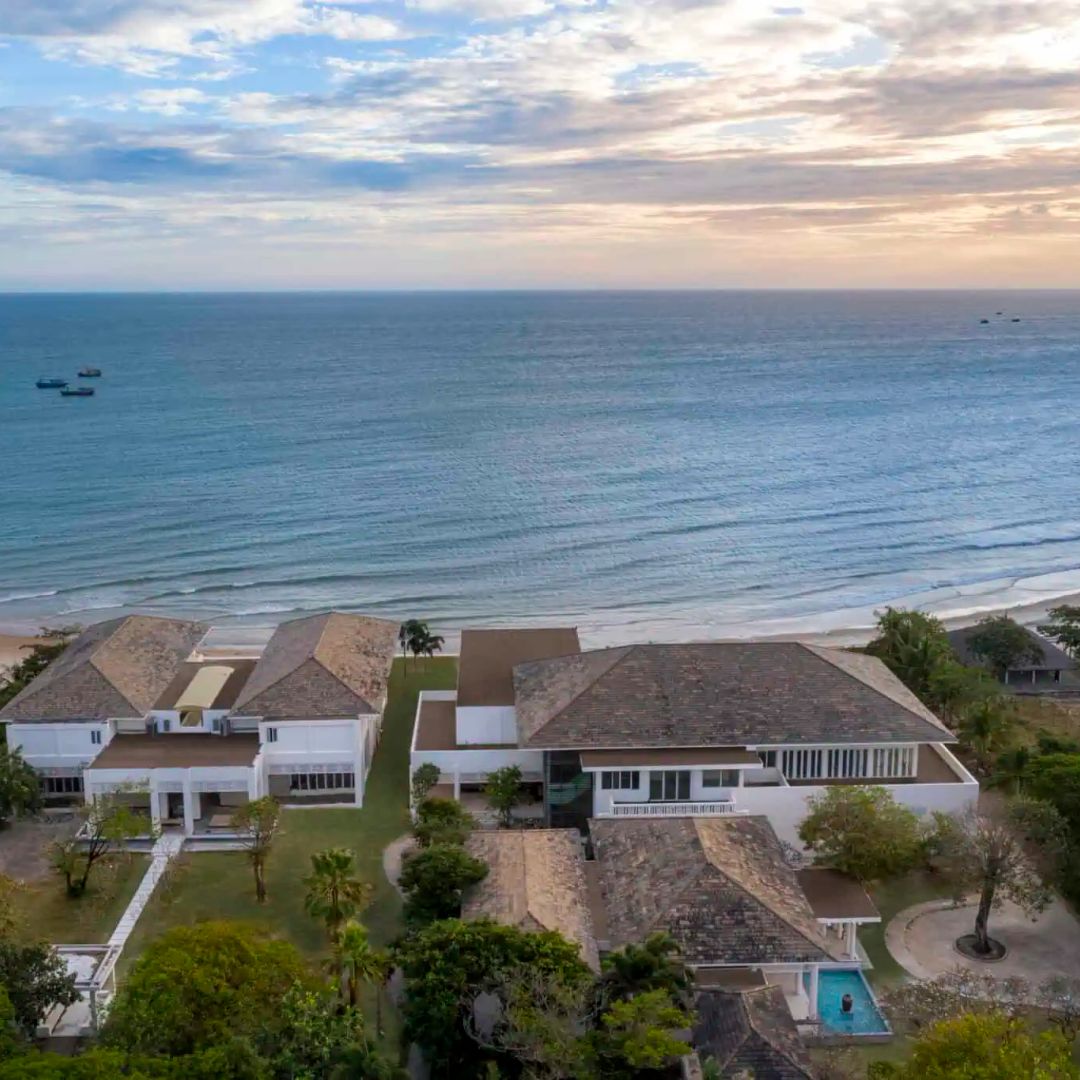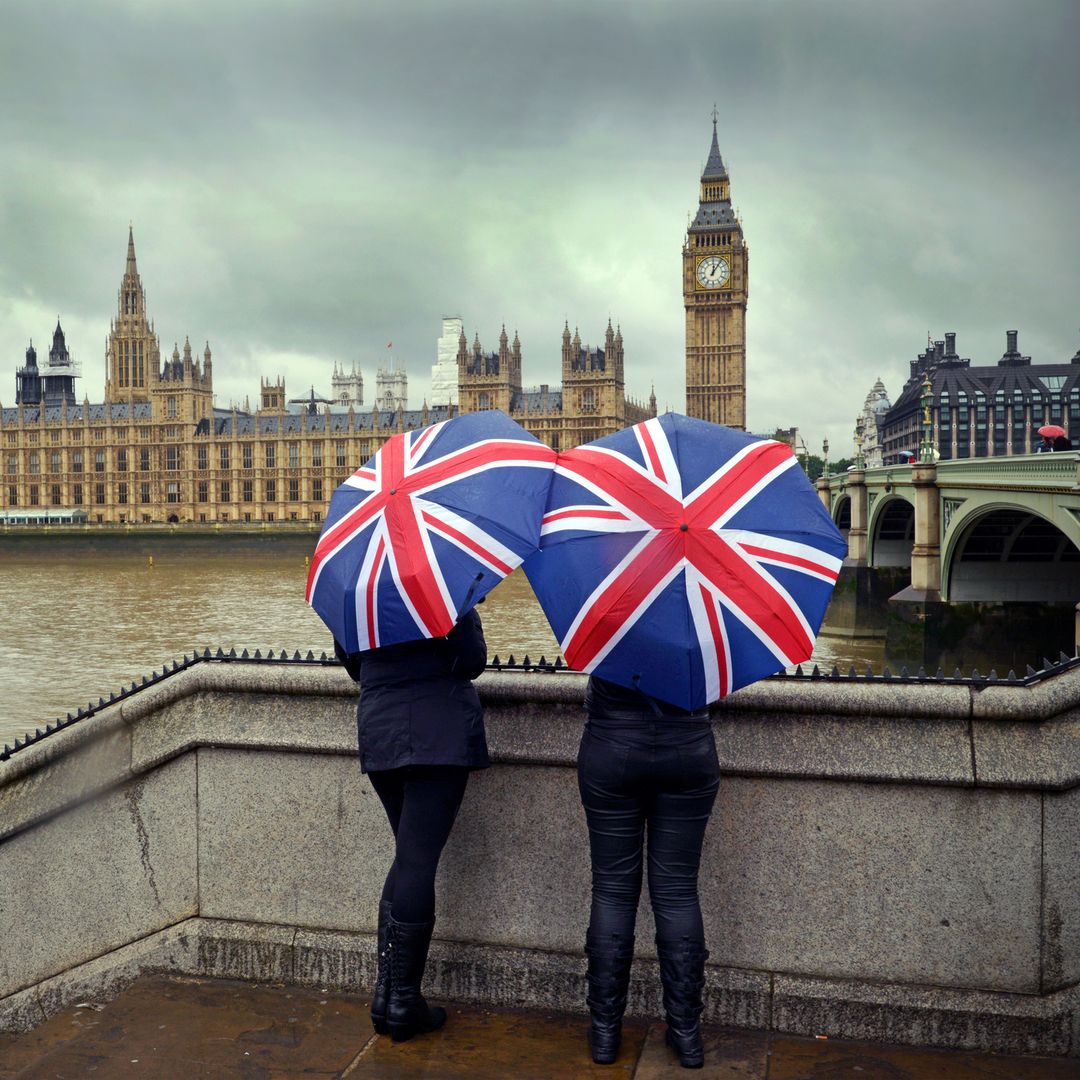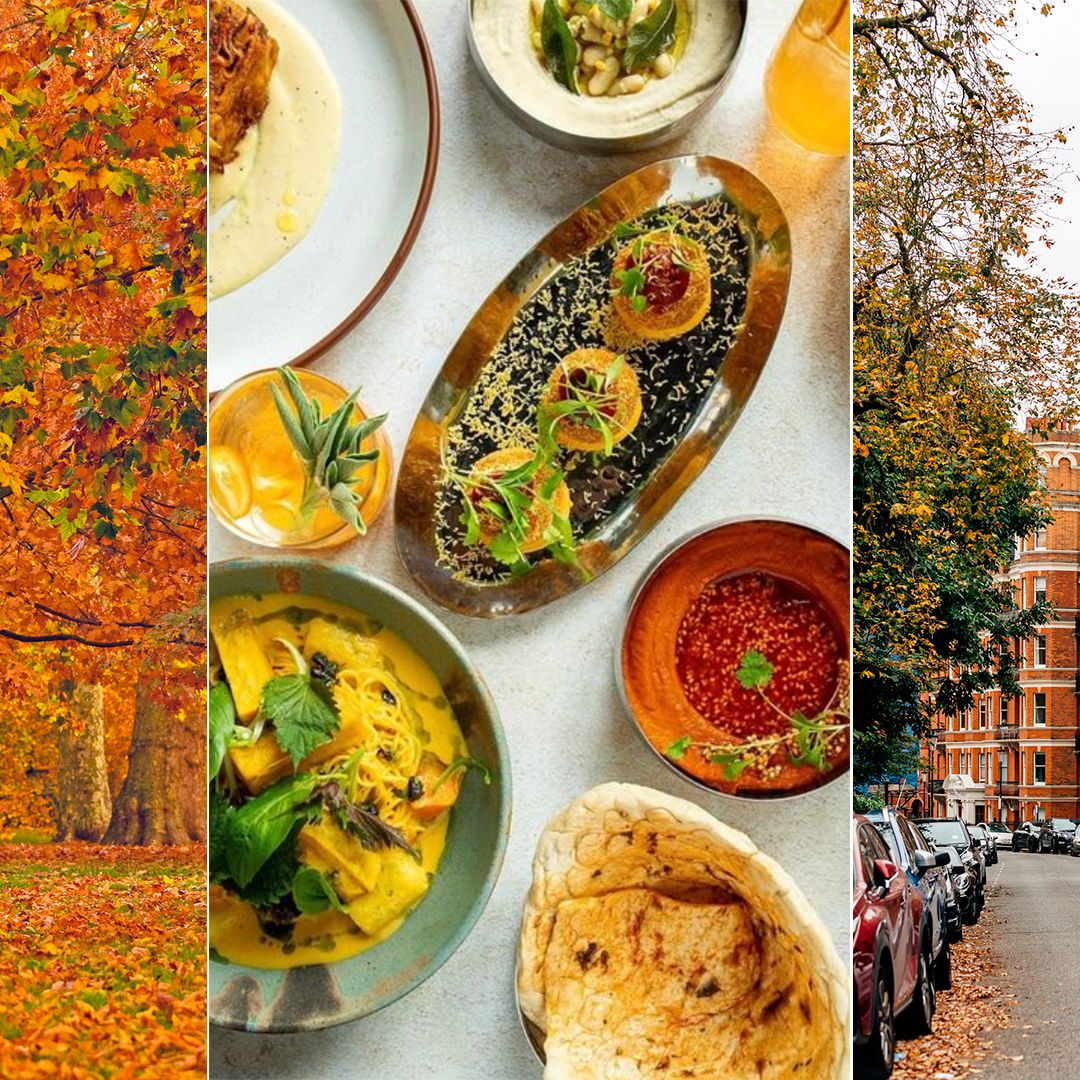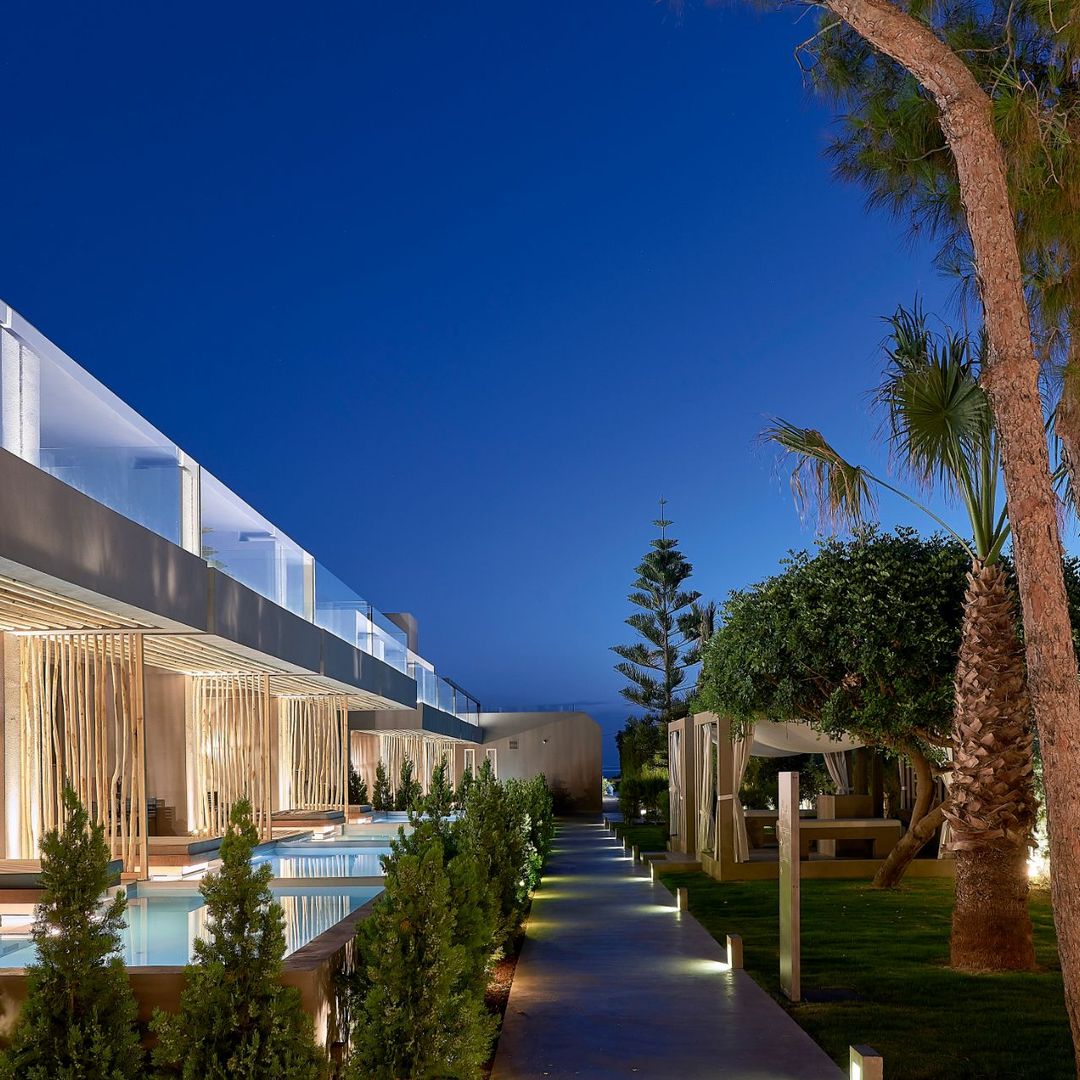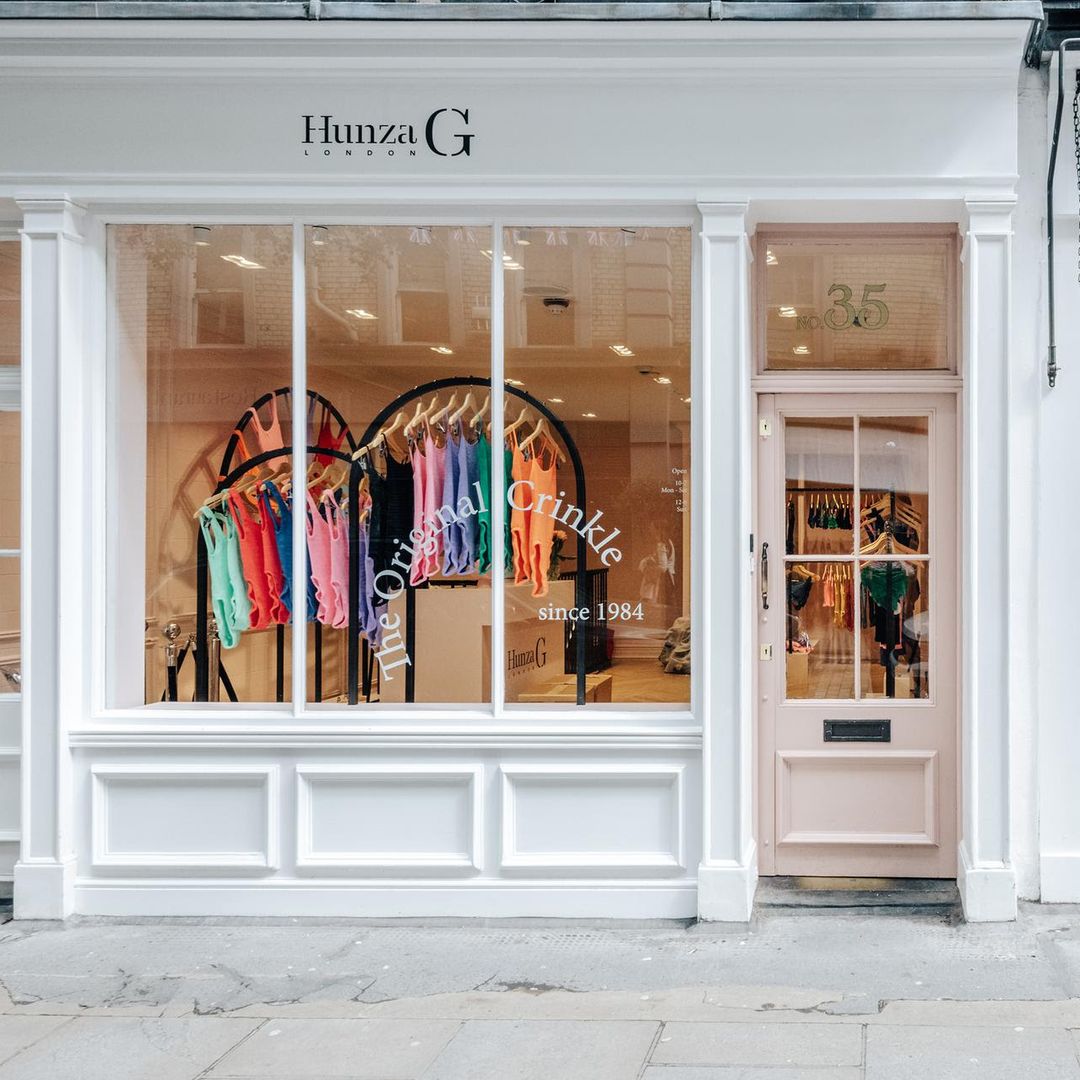The largest of the Adriatic peninsulas seems to comprise two different worlds. One is the blue Istria with over 500 kilometres of coastline where pleasant rocky beaches are lapped by clear water; here you'll find little ports and picturesque towns like Rovinj, where the fishing tradition has its roots firmly in the past, as well as modern marinas where fashionable yachts lie at anchor. Farther inland lies the other Istria, where medieval towns sit on green hillsides in a landscape of cypresses, vineyards and olive groves reminiscent of the patchwork beauty of Tuscany.
Almost on the frontier with northern Italy, the peninsula boasts a wealth of first-class monuments that tell the tale of the numerous peoples who have made their homes here down through countless centuries. Marvellous Roman treasures such as the Pula amphitheatre are to be found alongside Byzantine heritage such as the Episcopal Complex of the Euphrasian Basilica, a UNESCO World Heritage site in the historic centre of Porec. Throughout most of Istria, the Italian influence is apparent to the extent that many of the population is bi-lingual. In fact, the Republic of Venice dominated the peninsula for a number of centuries, and left in their wake a notable trail of fortified towns. Among these, Groznjan and Motovun vie with Rovinj old town in the popularity stakes among discerning travellers and lovers of photography.
An evening stroll along the harbour-side or through the cobbled streets of a fishing village; a relaxing drink at a pavement cafe or a visit to the festivals and art exhibitions that brighten the summers of the medieval towns; sampling the high-class local gastronomy with a taste of truffles from Istrian woods and the freshest sea food the Adriatic has to offer... These are just some of the delights on offer to the visitor to Istria. This beautiful area of Croatia avoided the worst ravages of the recent wars and, once the conflict was over, has quickly regained its popularity as a holiday destination for Central European sun-seekers.
Although in summer the vast majority heads to the busy tourist zones such as those around Umag, Porec and Pula, even in high season, the Istrian coast also offers less crowded scenes. Among these the wild coves of the beautiful Kamenjak cape set among rocky cliffs and pine trees. The unspoiled corners are numerous, and popular among nudists who have long been fans of this marvellous coast. On the very edge of the peninsula the unmatchable jewel that is Opatija is a don't-miss destination, with the elegant summer villas built for the aristocracy of the Austro-Hungarian Empire many of which are now transformed into stylish boutique hotels.
THE PRACTICALITIES
Getting there & getting around: Given Istria's proximity to Venice, it may make more sense to fly there rather than to Zagreb or Dubrovnik. Renting a car - Croatia is just a couple of hours drive away - will allow you to explore the peninsula at will, although in summer there are also ferries from Venice to Istria.
Best time to visit: Summer is the most popular time for tourists, and is perfect for those who wish to enjoy a beach holiday as well as discovering Istria's historical and monumental legacy. Spring and autumn can be more pleasant, though, as there are fewer crowds. Many facilities close in winter and the weather can be quite extreme.
Where to stay: There are a wide range of options from holiday apartments and villas to rent to campsites and motor-caravans – popular here with the central Europeans. As well as the modest guest houses known as sobes, there are first-rate hotels such as as the San Rocco en Brtonigla, which may rate the title of the most charming rural hotel in Istria's green interior. On the coast, there's the boutique Valsabbion, in Pula, or the more unusual possibility of staying in a converted lighthouse. Some of the bigger hotel chains are represented, too, notably Sol Melia with 19 establishments in Umag, including the Sol Garden Istra that won the best four-star hotel award in both 2008 and 2009.
Where to eat: Both the hotels San Rocco and Valsabbion also boast first-rate restaurants. At the top of the range is the renowned Zigante in Livade, with its truffle specialities from hors d'oeuvre to dessert. Others which may be less well-known but more affordable include Blu and La Puntulina (Svetog Kriza, 38), alongside the Rovinj cliffs. The traditional tavern Stare Uzance, with its scant half-dozen tables, is easy to find in the old quarter of Premantura (alongside Kamenjak cape), and boasts a limited but delicious menu featuring boskarin, the tender local ox-meat.
Don't miss: The small restaurants of the fishing harbour of Moscenicka Draga, on the Opatija riviera, offer the chance of the freshest of seafood dinners you'll ever taste. A sail around the neighbouring bay of Kvarner, will take your breath away with the paradisiacal scenery such as that around Mali Losinj.

